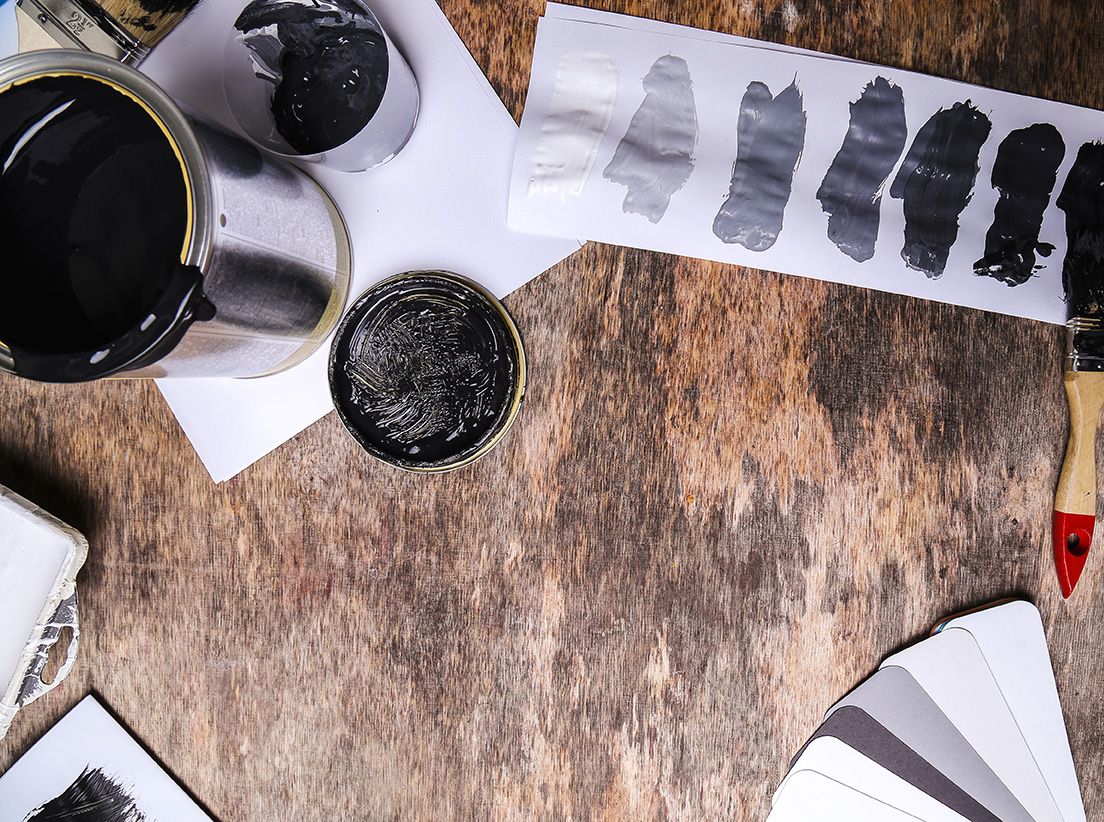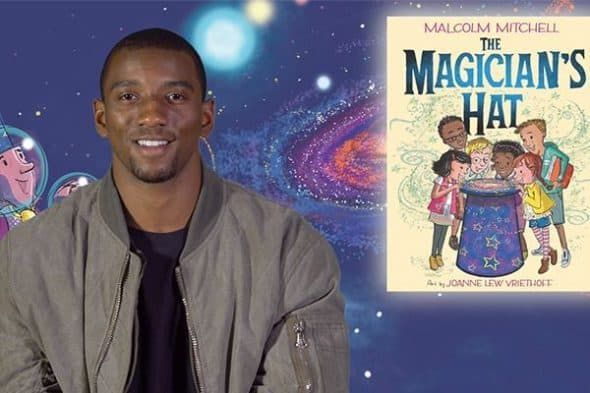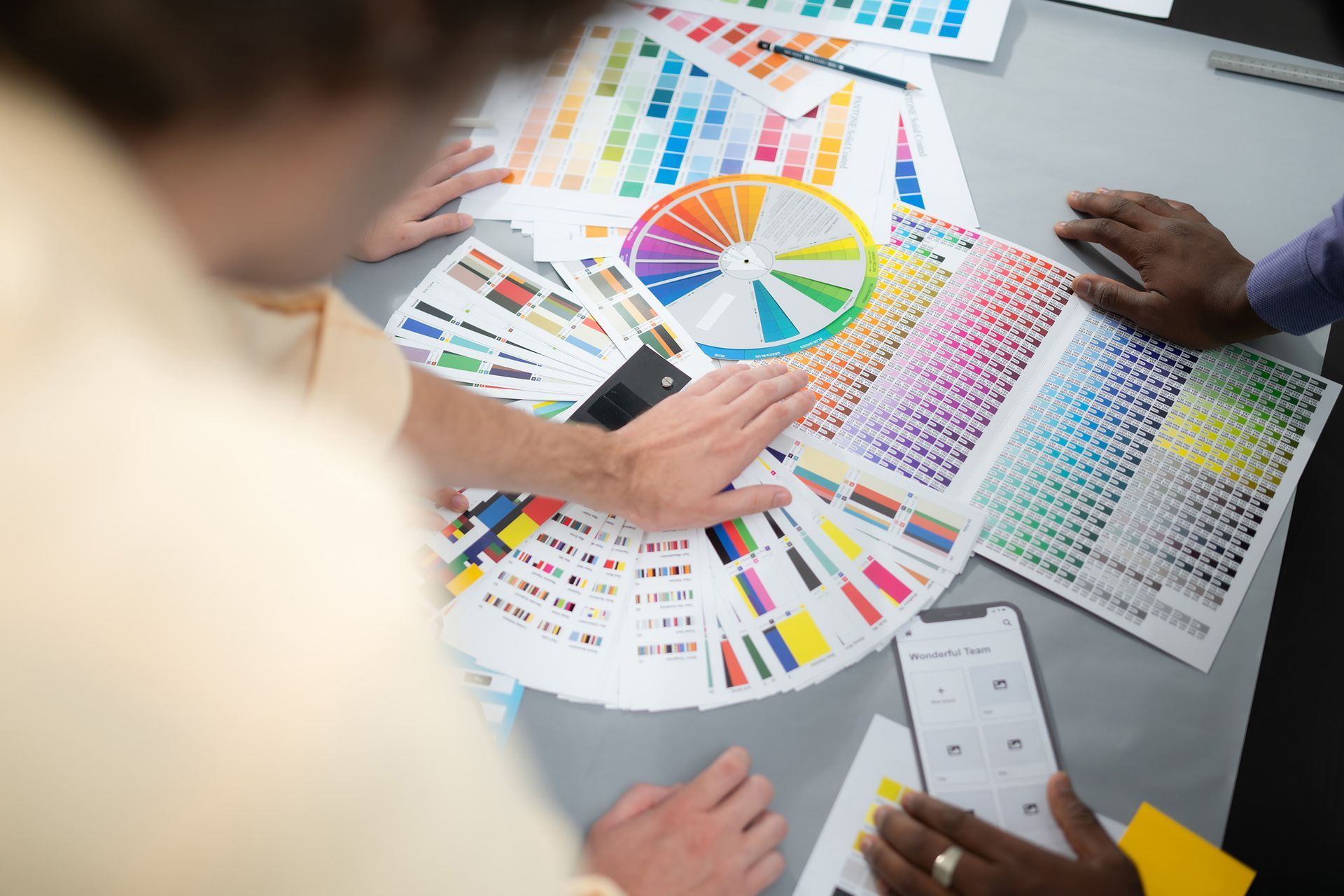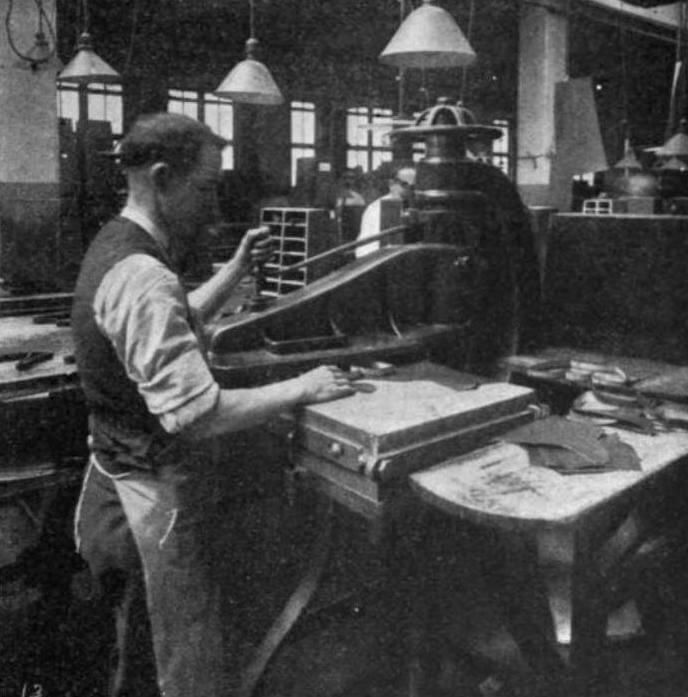The Power of Product Placement: Justifying the Expense
The Power of Product Placement: Justifying the Expense
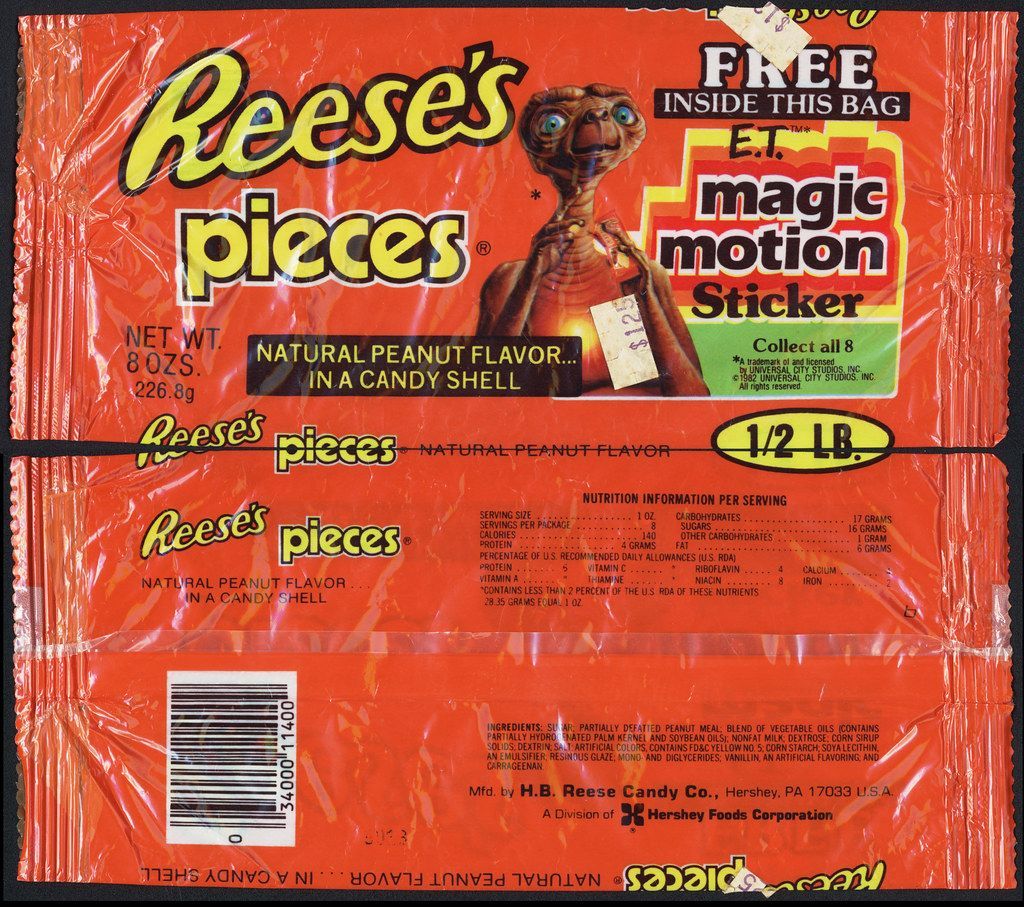
Product placement is an age-old marketing strategy that continues to evolve, demonstrating its effectiveness and justifying its often-hefty price tag. Whether it’s a blockbuster movie, a high-profile TV show, or a major sporting event like the Olympics, brands have consistently sought ways to integrate their products into the media we consume. But why do companies invest billions in product placement? And how does this relate to the value of point-of-sale (POS) materials, counter mats, and business cards?
The Olympic Scale of Spending
Let's start with the grand stage of the Olympics. For the 2024 Paris Olympics, NBCUniversal alone sold around $1.2 billion in advertising, reflecting the substantial investments brands are willing to make for visibility during these events (Cox Media). This figure is a fraction of the total global marketing spend for the Olympics, which encompasses various advertising channels, sponsorships, and strategic product placements.
Brands such as Procter & Gamble, Toyota, and Coca-Cola are known to spend heavily on Olympic marketing campaigns, highlighting the importance of these events in their overall marketing strategies (Brandon). The substantial viewer base, with billions tuning in from around the world, provides an unparalleled platform for brands to showcase their products.
Success Stories of Product Placement
Historical data supports the effectiveness of product placement. Take the example of Reese's Pieces in "E.T. the Extra-Terrestrial". After the film's release in 1982, Reese's Pieces saw a 67% increase in sales, illustrating the profound impact that well-placed product integration can have (Hollywood Branded Insider).
Similarly, Ray-Ban Aviators in "Top Gun" became iconic after Tom Cruise wore them in the 1986 film, leading to a 40% increase in sales for the sunglasses (Hollywood Branded Insider). These examples demonstrate that strategic product placements can lead to significant boosts in brand visibility and sales.
The History of Product Placement
One of the earliest known instances of product placement in a live event was the "I'm Going to Disney World!" campaign. In 1987, Disney paid NFL player Phil Simms $75,000 to say the phrase after winning Super Bowl XXI. This campaign not only became iconic but also highlighted the potential of product placement in live events to capture audience attention and drive brand association (SportsBizTrends.com).
Modern Impact and Justification
In today's marketing landscape, the justification for the expense of product placement is clear. The strategy leverages the emotional and psychological connection audiences have with their favorite shows, movies, and sports. When viewers see athletes wearing branded gear or actors using specific products, it creates a sense of authenticity and trust, making the audience more likely to purchase those products.
This principle extends to more tangible marketing materials like POS displays, counter mats, and business cards. Just as brands invest in product placement to capture attention and drive sales, businesses can use high-quality printed materials to create memorable interactions with customers. A well-designed counter mat or a unique business card can leave a lasting impression, much like a cleverly placed product in a blockbuster movie or a high-profile sporting event.
Conclusion
The history and success of product placement in media and live events underscore its value as a marketing strategy. Brands invest billions because they see a return on that investment through increased sales and enhanced brand recognition. Similarly, investing in high-quality POS materials, counter mats, and business cards can significantly impact customer perception and drive sales.
In a world where visibility and first impressions are crucial, the right product placement whether on a global stage like the Olympics or a local counter mat can make all the difference. Just as Reese's Pieces became a household name through "E.T.," your brand can achieve remarkable results with strategic, high-quality marketing materials.
By understanding and leveraging the principles behind successful product placements, businesses of all sizes can enhance their marketing efforts and achieve greater success in today's competitive market.






